Second BMW 5-Series Hybrid Is A Plug-in
Outside and in, the 2018 BMW 530e iPerformance plug-in hybrid, either rear drive or all-wheel (xDrive), is nearly identical to the gasoline-powered versions of the 5-Series. It uses BMW’s eDrive system combining a turbocharged inline-four-cylinder engine with an electric motor and lithium-ion battery pack. What is identical between the two cars is the sticker price: $52,650, plus $945 destination charges, for the front-drive model, and $54,950 with all-wheel drive.
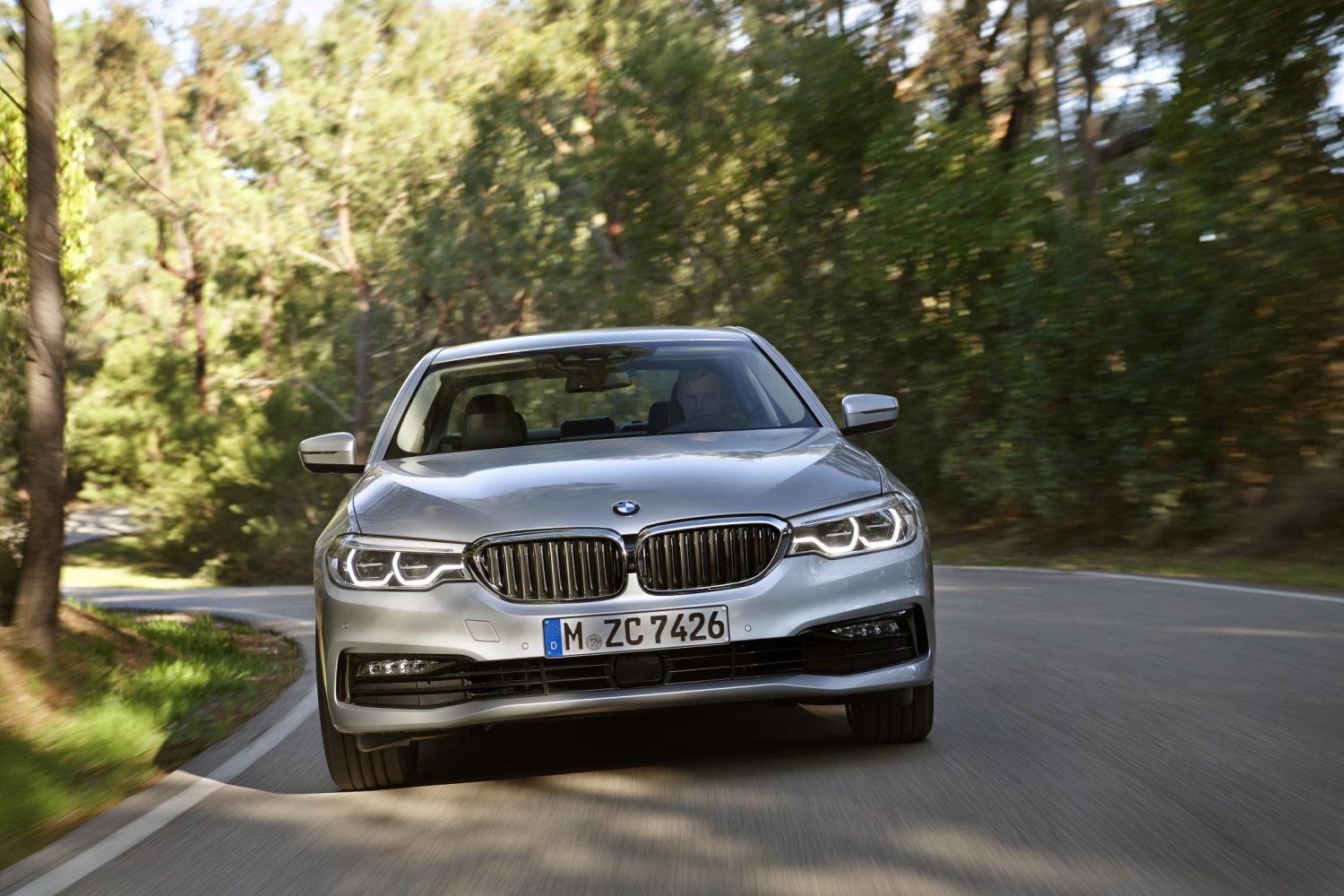
That brings the question (unless you intend to do some track racing)–why would you buy the standard 2018 BMW 530i?
This is BMW’s first plug-in 5-Series, but it’s not the first hybrid 5-Series. That distinction goes to the ActiveHybrid 5 available with the last-generation range. It had a turbocharged inline-six handling the gas-engine duties and boasted 335 combined horsepower, pitiful fuel economy and was terribly expensive—about $10,000 more than the 2018 530e iPerformance. Needless to say, sales were also pitiful.
BMW’s eDrive System
Under the hood, BMW chose an intercooled turbocharged, direct-injected 2.0-liter inline four-cylinder engine that produces 180 horsepower (hp) and 255 pounds-feet of torque (lb.-ft.). A 111 hp AC synchronous electric motor churns out 184 lb.-ft. of torque and replaces the torque converter in a ZF-supplied eight-speed automatic transmission.
Combined output of the two power sources is 248 hp, identical to the four-cylinder, non-hybrid 530i. However, torque is up a substantial 52 lb.-ft. to 310. BMW claims a zero-to-60-mph time of 6.0 seconds for the rear-wheel-drive 530e, and 5.8 seconds for the xDrive all-wheel-drive model. That level of acceleration matches the standard, gas-powered 530i.
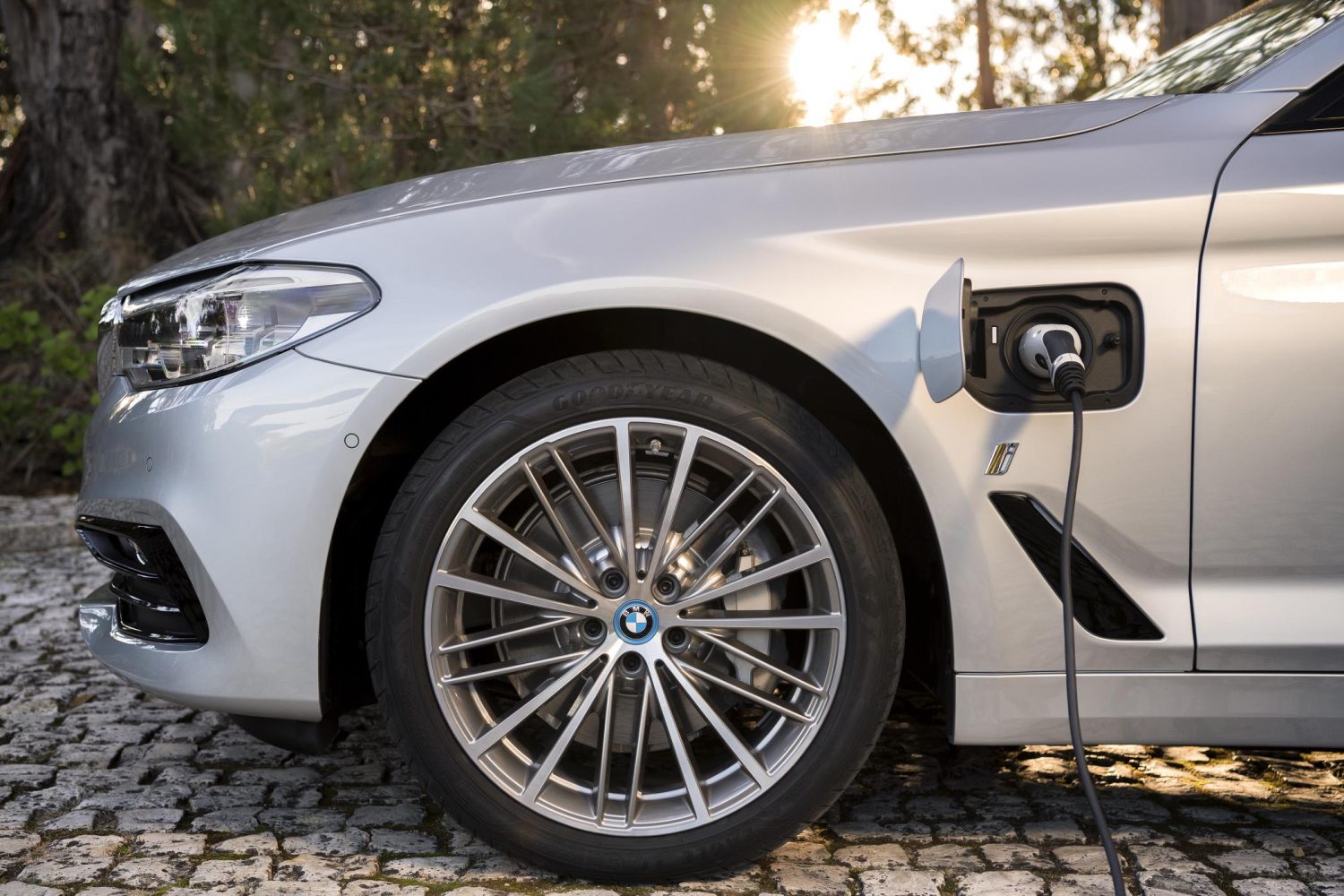
The BMW 530e’s 9.6-kilowatt-hour lithium-ion battery pack is good for about 16 miles of all-electric driving. When there is enough charge in the battery to allow for a combination of gas and electricity, the EPA fuel economy rating is 72 MPGe (miles per gallon equivalent). After the battery is depleted, the rating drops to a respectable 29 mpg for a midsize luxury sedan.
Plugging the 530e into a standard 120-volt wall outlet easily tops off the battery in less than seven hours. Charging the pack from fully depleted to fully charged states using a 240-volt charger is three hours.
There are three different hybrid modes. In Auto eDrive, the car decides the most efficient settings between battery- and gasoline-derived power for any given driving condition. Max eDrive puts the car in electric mode all the time, forcing the gasoline engine to stay off until the battery is depleted or speeds exceed 87 miles per hour. Drivers can save energy in the battery for later use or even charge the batteries as you drive by selecting the Save Battery mode.
Since this is a BMW, there’re also lots of other settings. There’s default, the Normal mode, and expected Driving Dynamics Control with Eco Pro. Plus, there’re Comfort and Sport alternatives, which basically change the rate and readiness of the gas engine’s involvement.
City And Highway Driving
For city commutes and running errands, the 530e’s pure electric mode reminded me why buyers want a plug-in hybrid in the first place. Even in Auto eDrive with a fully charged battery, the sedan began and traveled on electric power unless I mashed the throttle, in which case the gasoline engine momentarily assisted. The turbo four turned on and off so smoothly I didn’t feel the transition, and it was very quiet. At low speeds with the radio on, I completely missed the power swapping.
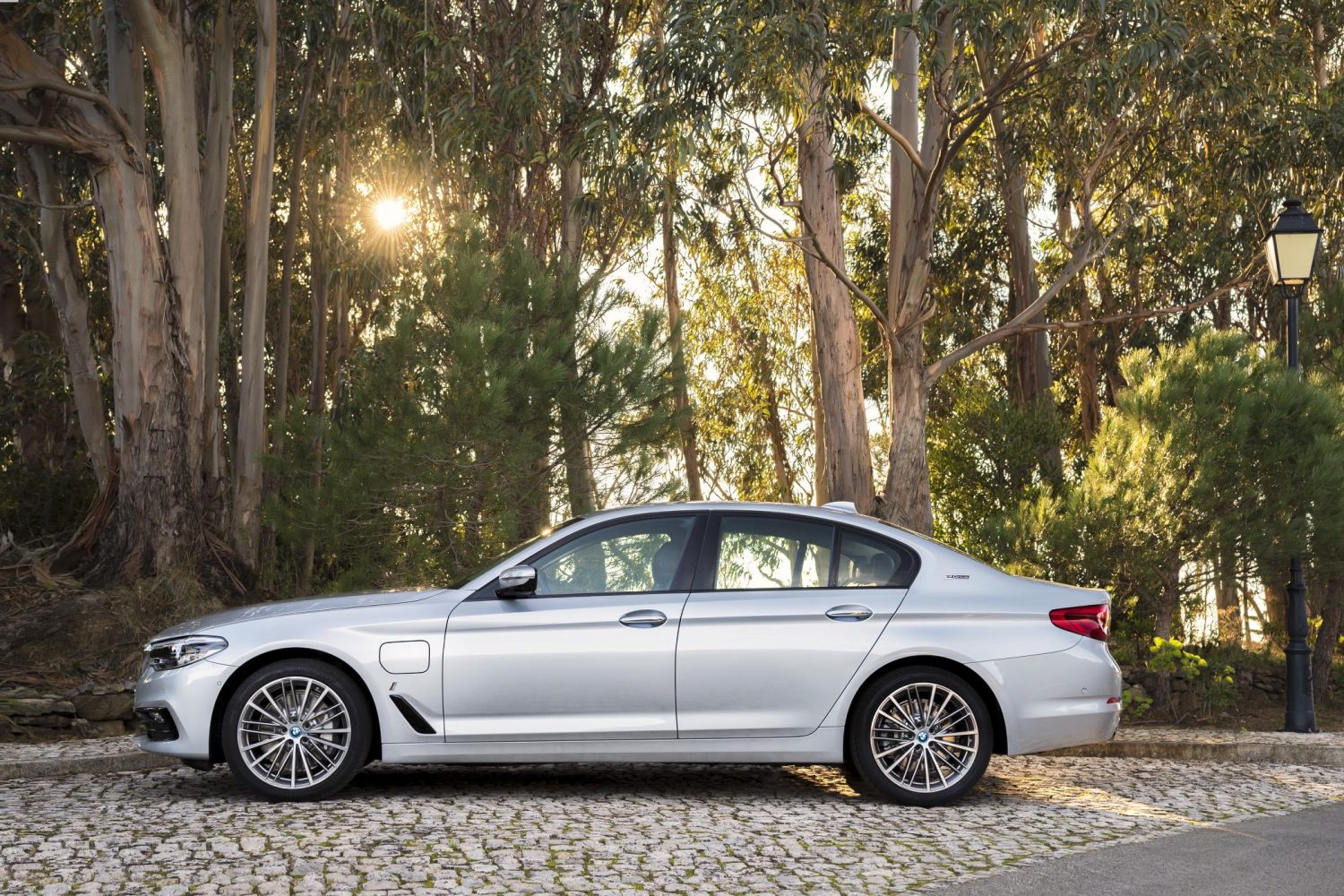
While it was saving fuel, the BMW 530e xDrive iPerformance wasn’t slow when merging into fast moving freeway traffic. The twin-engine zest was complemented by a lithe, confident chassis that delivered a supple and sophisticated ride that was as pleasing as the car’s quiet agility. It was easy to forget that I was driving a hybrid car.
The car delivered on BMW’s reputation of sporty luxury vehicles. The 530e is 500 pounds heavier than the 530i, but the battery lowers the center of gravity, making the car sure-footed on mountain road switchbacks with power to spare to accelerate on the straights. The 5-Series has grown in stature over the past few years and you do notice it, but it never felt like the heft of the all-wheel drive 530e was getting in the way of performance. The suspension coped well with the extra mass, and, on some fairly dreadful roads, the 530e remained comfortable.
Steering provided less feedback than I expected, but it was accurate and well weighted. When braking I could sense the transitions between regenerative and friction braking, but the pedal otherwise felt natural and progressive.
The 2018 BMW 530e xDrive iPerformance is not “The Ultimate Driving Machine,” but it is the “Ultimate Plug-in Machine.”
The feature I really, really liked, but didn’t think I would, was the optional ($300) Gesture Control. By twirling my finger, I could control the audio system’s volume up or down.
The feature that continued to frustrate me was the center console-mounted control wheel for selecting a myriad of functions, but I got used to it, sort of. At least it’s rather large so I could find it in a pinch.
Of course, the major reason to buy the 530e is fuel economy, electric and gasoline. In city driving I regularly saw 19 miles of electric-only driving that dipped a couple of times to 17 miles. On one occasion I managed 23 miles. Overall, we racked up 323 miles on the 530e xDrive iPerformance and returned 41 MPGe, or seven mpg more that the 530i xDrive.
BMW 5 Series with Blue Highlights
The 2018 BMW 530e shares BMW’s trademark kidney-shaped grille and dual exhaust pipes with other Bimmers. The plug-in is distinguished from the rest of the 5-Series lineup by blue kidney-grille slats, blue rings around the BMW roundels on the wheels, assorted badges and a charging-port door on the driver-side front fender. Otherwise, it’s standard 5-Series.
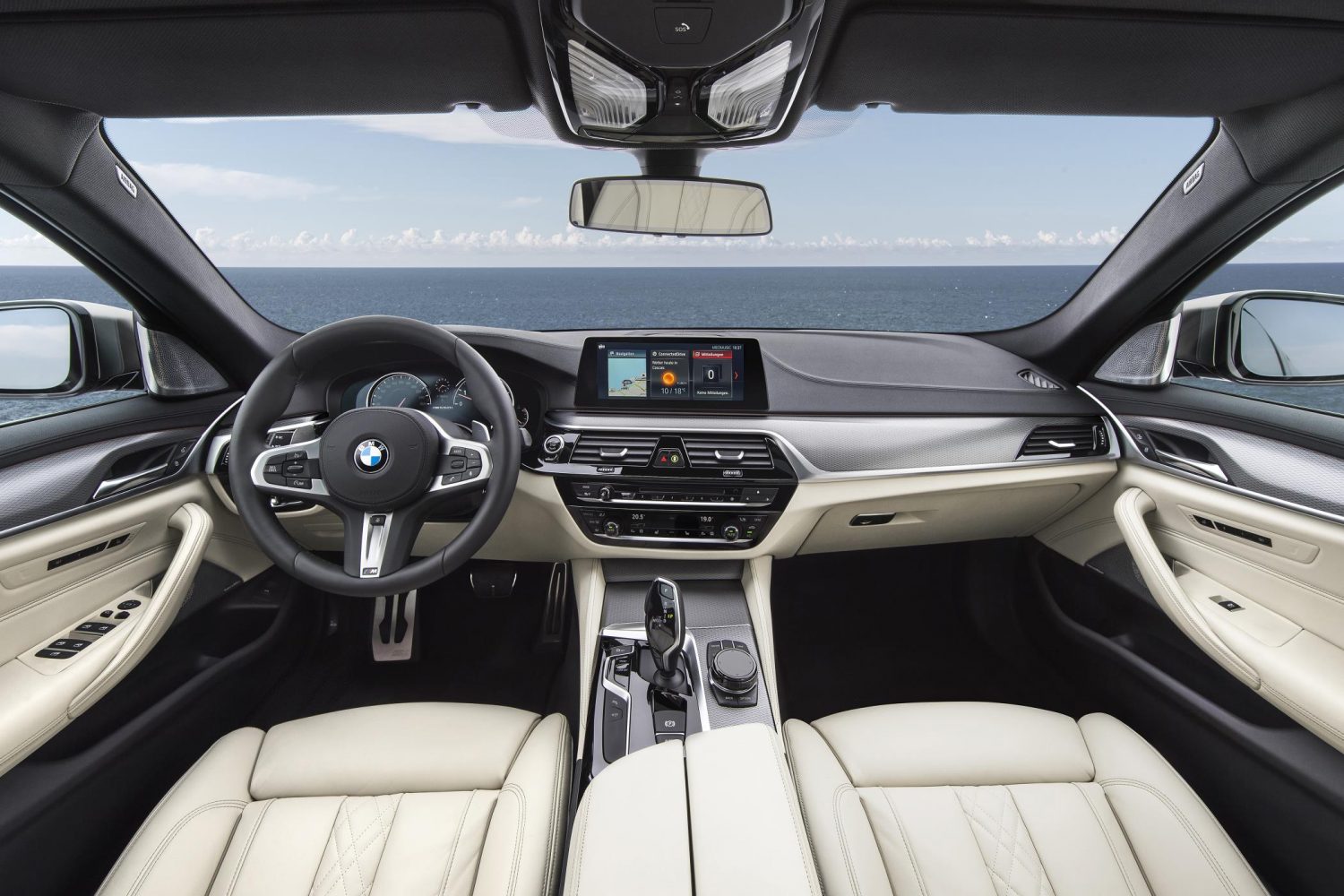
Inside you’ll find a familiar 5-Series setup: austere, profoundly practical along with the same high-quality dashboard, comfortable seats and intuitive infotainment system. The first hint at the car’s plug-in powertrain is the eDrive button by the gearlever and the digital dials.
Start the 530e up and nothing happens except some wildly swinging needles in the instrument panel and enough blue light to think you’ve been transported to a Miami nightclub. There’s an eDrive display of battery charge, range, etc. on the right side of the instrument cluster and a simple speedometer on the left.
The biggest compromise comes with trunk space. The big battery pack cuts into the cargo area, dropping volume from 19 cubic feet in gasoline models to 15 in the 530e. There’s still enough room for an eight-bag grocery run or pair of golf clubs, and BMW managed to retain the split fold-down rear seat.
The 530e is available with the same technology options found in other 5-Series models. Those include a blind spot detection system, active lane keeping assistant, 3D Surround View and a side collision avoidance system. But really, BMW, a $300 option for Apple CarPlay; that seems ridiculous considering how many cars have it free and standard.
In the Marketplace
For now, the 2018 BMW 530e enjoys a monopoly among German-built midsize luxury sedans as Mercedes-Benz and Audi drag their feet on plug-in-hybrid versions of the E-class and the A6. As for the other side of the world, neither Lexus, Acura or Infiniti have plugged-in their midsized sedans either.
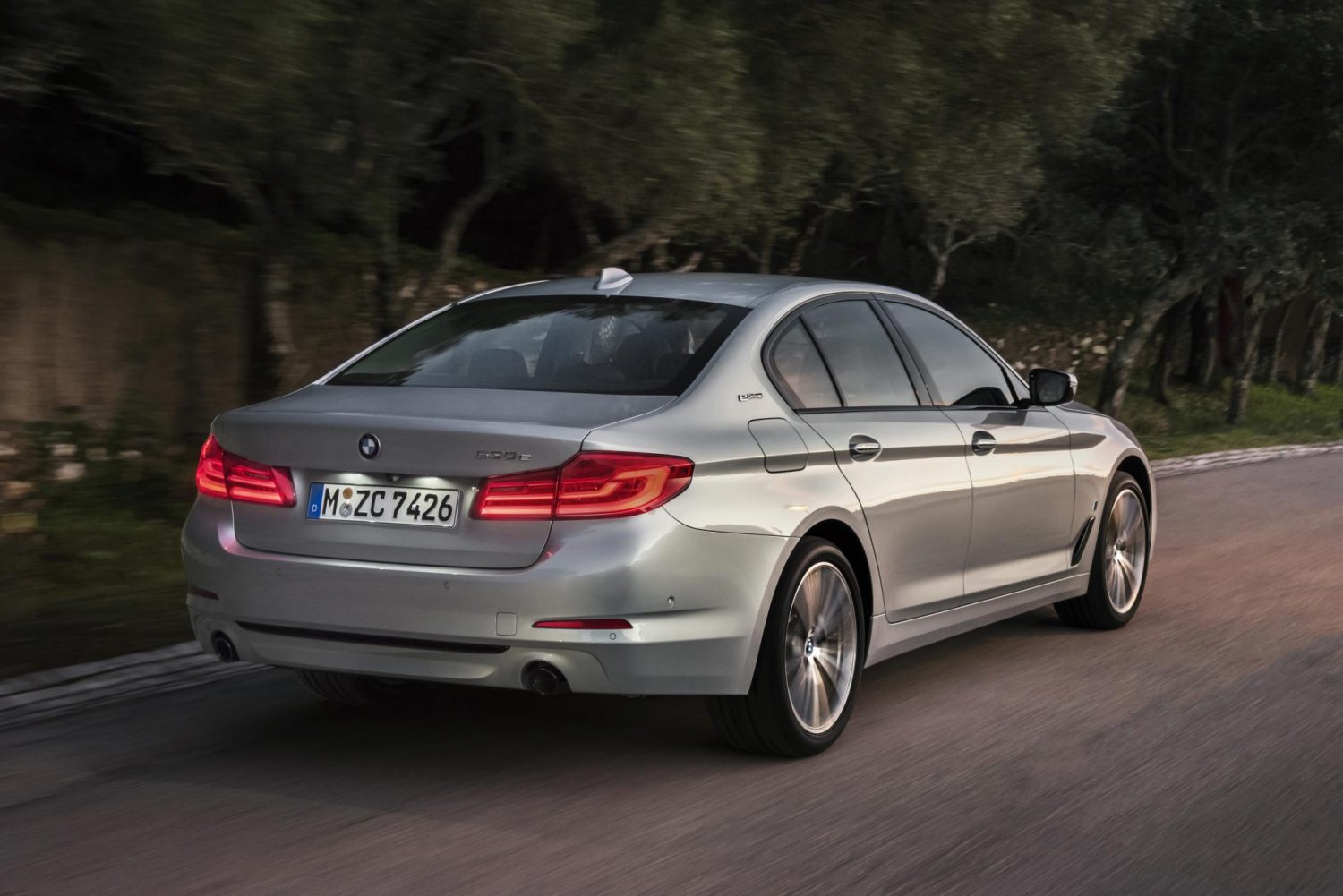
That leaves Cadillac’s larger CT6 plug-in as the 530e’s primary adversary. A look at May’s sales charts show it’s not much of a competitor. In May, the 5-Series plug-in totaled 729 units and has tallied 2,573 sales for the year so far. In comparison, the Cadillac rang up just 30 sales in May while total yearly sales are 119.
Although the 2018 BMW 530e xDrive’s $53,645 base price is identical to that of the standard 530i, our test car rang in at $68,760. More than $14,000 of that was attributable to options, including these packages: $800 Cold Weather, $3,400 Driving Assistance Plus (which includes the $1,700 Driving Assistance package), $1,300 Parking Assistance, $2,700 Premium package and $1,050 Lighting.
When you factor in the $4,668 federal tax credit available to 530e buyers, the $3,400 Driving Assistance Plus package is actually not that bad of an investment. That even leaves enough money to add the $300 Gesture Control and still cost less than the gas counterpart.
Related Stories You Might Enjoy—More Plug-in Hybrid Luxury
Road Test: 2018 Volvo S90 Plug-in Hybrid AWD
News: Buick’s Electric Car Explosion
Road Test: 2018 Cadillac CT6 Plug-in Hybrid
News: Volvo Electric Performance Brand Polestar
News: 2019 Volvo V60 Wagon Will Have Two PHEVs
News: BMW Electrification Psuh Bearing Fruit
Interview: BMW’s Goal: 25 Electrified Cars by 2025
News: 2019 Mercedes-Benz GLC F-Cell Combines Plug-in + Fuel Cell
Disclosure:
Clean Fleet Report is loaned free test vehicles from automakers to evaluate, typically for a week at a time. Our road tests are based on this one-week drive of a new vehicle. Because of this we don’t address issues such as long-term reliability or total cost of ownership. In addition, we are often invited to manufacturer events highlighting new vehicles or technology. As part of these events we may be offered free transportation, lodging or meals. We do our best to present our unvarnished evaluations of vehicles and news irrespective of these inducements.
Our focus is on vehicles that offer the best fuel economy in their class, which leads us to emphasize electric cars, plug-in hybrids, hybrids and diesels. We also feature those efficient gas-powered vehicles that are among the top mpg vehicles in their class. In addition, we aim to offer reviews and news on advanced technology and the alternative fuel vehicle market. We welcome any feedback from vehicle owners and are dedicated to providing a forum for alternative viewpoints. Please let us know your views at publisher@cleanfleetreport.com.


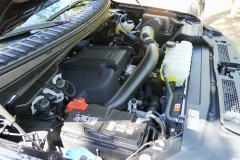




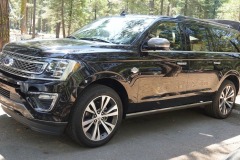
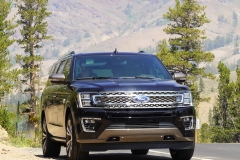

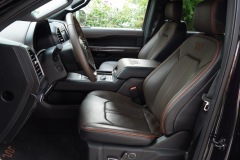
16 thoughts on “Road Test: 2018 BMW 530e xDrive iPerformance”